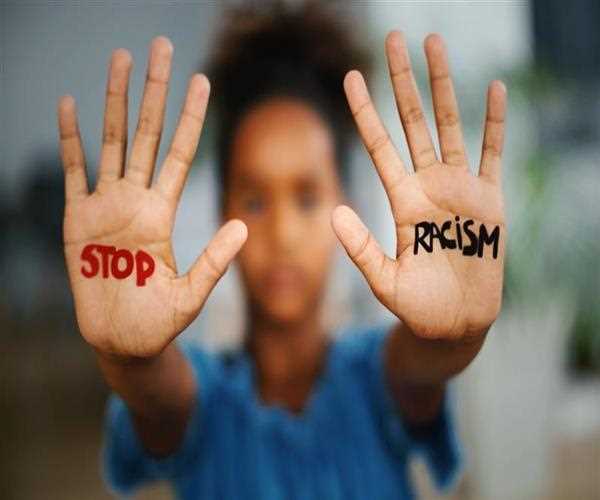
04-Jan-2023
Views on racial discrimination on united states
Racial discrimination in the United States is a topic of great concern and debate. While some people believe that it does not exist at all, others believe that it is still a widespread problem. In this paper, we will explore the different perspectives on racial discrimination in the United States and try to come to a consensus on what people believe is happening on a daily basis. There is no one right answer when it comes to what people believe about racial discrimination in the United States. However, there are a few general perspectives that are often heard. The first perspective is that racial discrimination does not exist at all.
Views on Racial Discrimination in the United States
- There are a variety of views on racial discrimination in the United States. Some people believe that it is a major problem, while others believe that it is not a significant issue.
- Some people believe that racial discrimination is a major problem in the United States. They point to a variety of statistics that show that minorities are disproportionately disadvantaged in many areas of life. For example, minorities are more likely to live in poverty, to be unemployed, and to have lower levels of education. They also point to the fact that minorities are more likely to be the victims of violent crime.
History of Racial Discrimination in the United States
- The history of racial discrimination in the United States is a long and painful one. It dates back to the early days of the country when white European settlers first arrived on the shores of North America. The indigenous people who were already living here were forcibly displaced and killed. The settlers then brought over African slaves to work in their plantations. For centuries, blacks were treated as inferior beings and were denied basic rights and freedoms.
- It was not until the mid-20th century that the situation began to change. This was thanks to the civil rights movement which fought for equality for all Americans regardless of skin color. Thanks to the courageous efforts of men and women like Martin Luther King Jr., Rosa Parks, and many others, blacks finally gained some measure of equality in the 1960s.
Impact of Racial Discrimination in the United States
- In the United States, racial discrimination is a significant social problem. According to a 2016 report from the National Conference of State Legislatures, 'African Americans experience higher rates of unemployment, underemployment, poverty, and incarceration than other groups.' In addition, black Americans are more likely to be victims of violent crime.
- There are a number of factors that contribute to these disparities, including historical factors such as slavery and discrimination in housing and employment. In addition, racism is still a significant problem in the United States. A 2017 study from researchers at Stanford University found that white people in the United States are more likely to associate black people with criminal activity than white people
Solutions to Racial Discrimination in the United States
There are a number of different ways to address the issue of racial discrimination in the United States. Below are four possible solutions to this problem:
1. Education
One way to address racial discrimination is through education. By teaching people about the history of racism and discrimination in the United States, it can help to create a more tolerant and understanding society. It is important to learn about different cultures and races, and to understand that everyone is equal.
2. Legislation
Another way to address racial discrimination is through legislation. There are a number of laws in place that are designed to protect people from discrimination based on race. These laws can help to ensure that everyone is treated fairly and equally.
3. Diversity and Inclusion
Another solution to racial discrimination is to promote diversity and inclusion. This means creating an environment where everyone is respected and valued, regardless of their race. It is important to create an inclusive society where everyone feels like they belong.
4. Positive Interaction
A final solution to racial discrimination is to encourage positive interaction between people of different races. This can be done through initiatives such as community service projects, cultural events, and education programs. By bringing people of different races together, it can help to break down barriers and create a more united society.

SEO and Content Writer
I am Drishan vig. I used to write blogs, articles, and stories in a way that entices the audience. I assure you that consistency, style, and tone must be met while writing the content. Working with the clients like bfc, varthana, ITC hotels, indusind, mumpa, mollydolly etc. has made me realized that writing content is not enough but doing seo is the first thing for it.
Join Our Newsletter
Subscribe to our newsletter to receive emails about new views posts, releases and updates.
Copyright 2010 - 2025 MindStick Software Pvt. Ltd. All Rights Reserved Privacy Policy | Terms & Conditions | Cookie Policy